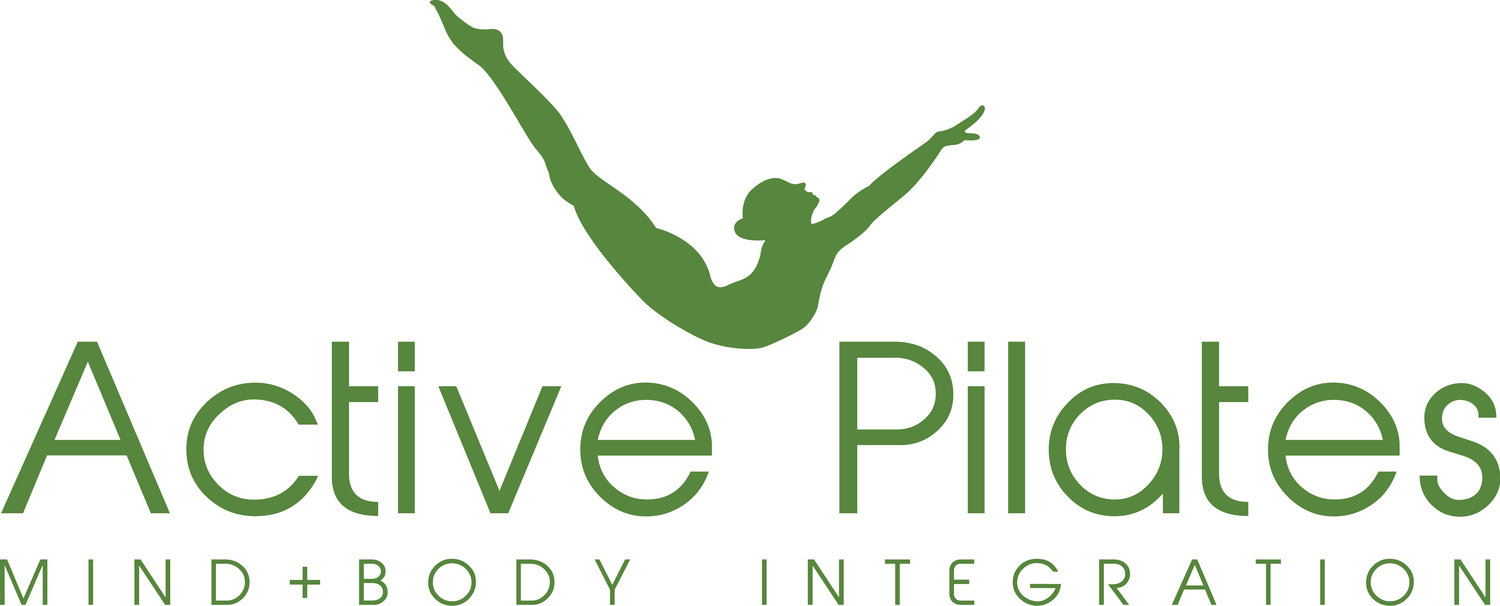The essential ingredients of wellbeing
There’s no shortage of wellness gurus eager to share their formula for ‘peak wellbeing’. But what is wellbeing? Put simply, wellbeing is ‘the state of being comfortable, healthy, or happy’. Simple, right? But straight away you can see that reaching a state of comfort, health, and happiness can mean different things to different people.
We’ve all heard to phrase ‘money doesn’t buy happiness, but it sure helps’!
Four key ingredients of wellbeing
The Black Dog Institute, an organisation devoted to supporting people’s mental health and wellbeing, describes it as ‘a heightened state that’s beyond just feeling happy or having good health. It’s a condition of flourishing, where we thrive in many aspects of our lives.’
Ingredients for a happy, resilient life include:
1. Nurturing relationships and connecting with others
2. Making the most of our strengths and talents
3. Giving of yourself – working for a ‘greater cause’ and helping others
4. Learning new things, having fun hobbies, and taking pleasure in everyday joys.
Two excellent ways to improve your wellbeing
The connection between physical, and mental health is undeniable. We know that when we’re anxious or upset, our body responds. Our muscles tighten. Our breath is shallow. Our body and mind reflect the ups and downs of life.
Sleep, exercise and diet all play a huge role in supporting a happy and healthy life.
Mindful breathing
Mindful breathing is one method of dealing with strong emotions and daily worries.
In this video, Thich Nhat Hanh, spiritual leader, peace activist, and poet, describes a method of mindful breathing that may help you cope with the storm of your emotions.
Pilates for wellbeing
Pilates has been the foundation of my own physical and mental wellbeing.
A regular Pilates practice is a great way of building strength and flexibility. It’s a way of challenging your own expectations of what your body can do.
As a Pilates teacher, I’m grateful to be able to share my path with others. I’ve seen the happiness in people’s faces as they get stronger and overcome their physical challenges.
I’ll give you an example – recently, I noticed that one of my regular clients (she’s 65 years old) performed all the class exercises well. I couldn’t pick anything wrong in her movements - and that’s unusual. Sometimes she gets frustrated when she can’t do some exercises. She listened very carefully to every cue I gave during the class, and it worked.
After the class, I gave her a compliment and she was pleased. I could see she felt a real sense of accomplishment. She also told me that she felt much less tired after work (she’s a receptionist).
I reckon that proves that if your mind is 100% present, not only do you improve your Pilates practice, you feel better altogether.
Finding the key to your wellbeing – now is the best time to start!
In this short article, I’ve only touched lightly on the topic of wellbeing. And it’s a huge topic. There are so many interrelated ingredients to a happy life. Each person needs to find their own path. Perhaps you’ll find, as I have, that Pilates is a building block towards your happy life!
Here are a few great resources for you to explore:
The pursuit of happiness.org with Martin Seligman
Happiness and its causes with Hugh Mackay
The path to wellbeing - Non-western approaches to wellness. Psychology Today



